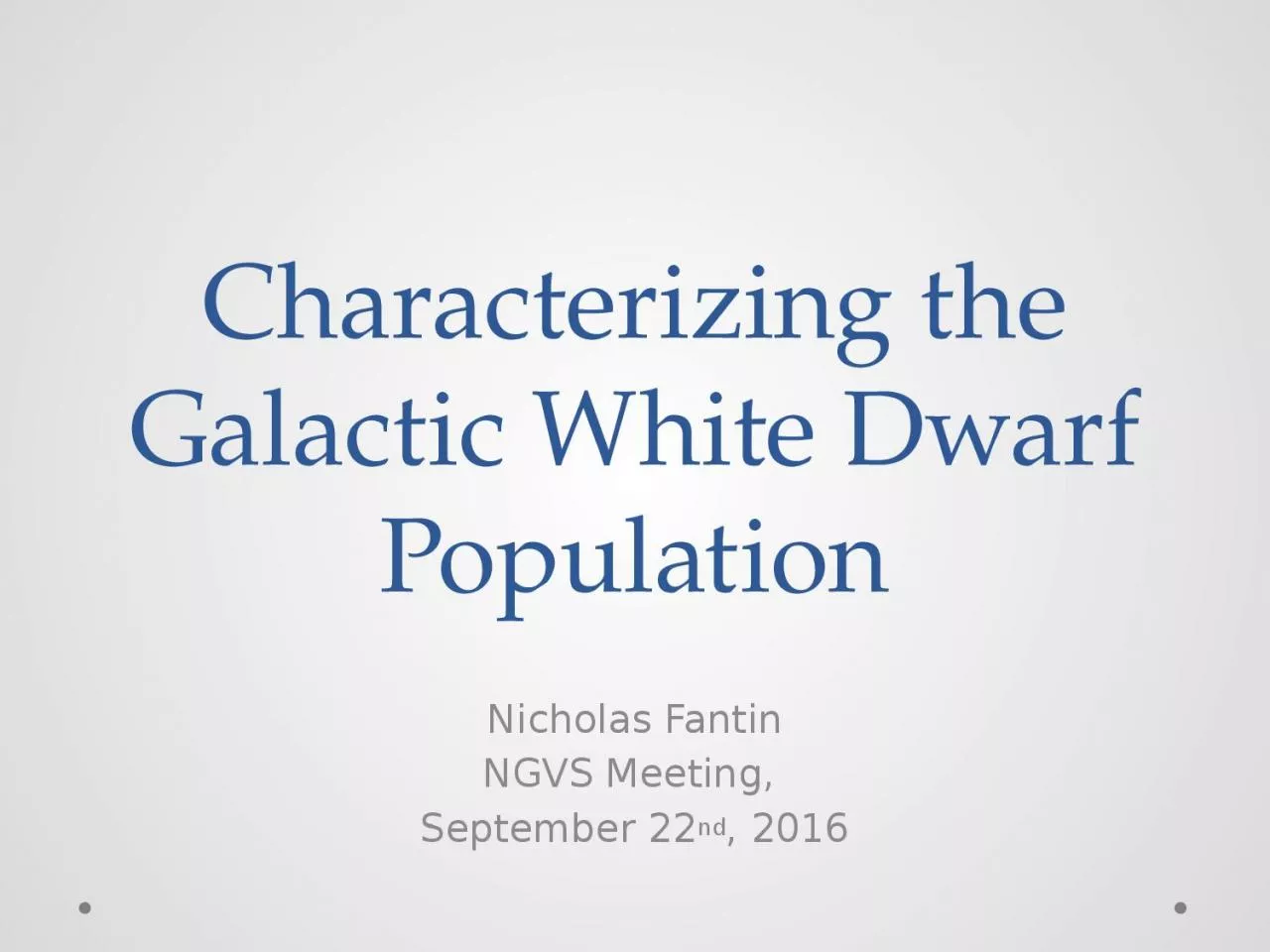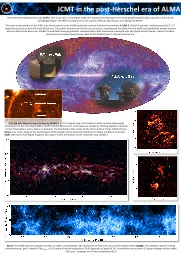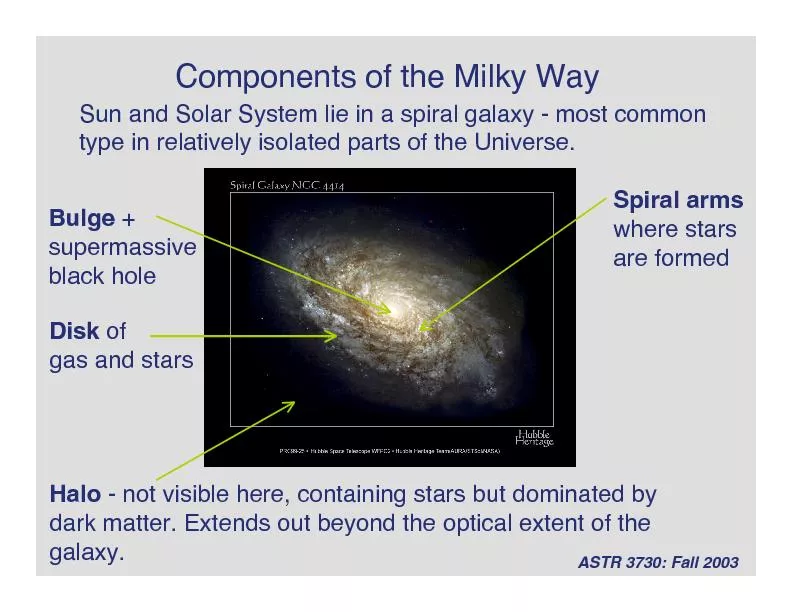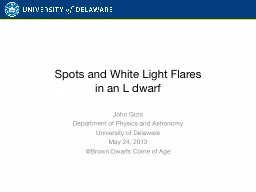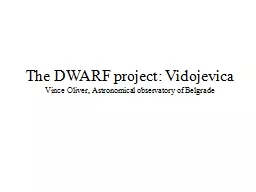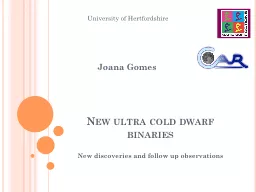PPT-Characterizing the Galactic White Dwarf Population
Author : Hiphopkid | Published Date : 2022-08-02
Nicholas Fantin NGVS Meeting September 22 nd 2016 Outline Motivation Selecting White Dwarf Candidates Photometric and Kinematic Properties Halo White Dwarfs Next
Presentation Embed Code
Download Presentation
Download Presentation The PPT/PDF document "Characterizing the Galactic White Dwarf ..." is the property of its rightful owner. Permission is granted to download and print the materials on this website for personal, non-commercial use only, and to display it on your personal computer provided you do not modify the materials and that you retain all copyright notices contained in the materials. By downloading content from our website, you accept the terms of this agreement.
Characterizing the Galactic White Dwarf Population: Transcript
Download Rules Of Document
"Characterizing the Galactic White Dwarf Population"The content belongs to its owner. You may download and print it for personal use, without modification, and keep all copyright notices. By downloading, you agree to these terms.
Related Documents

